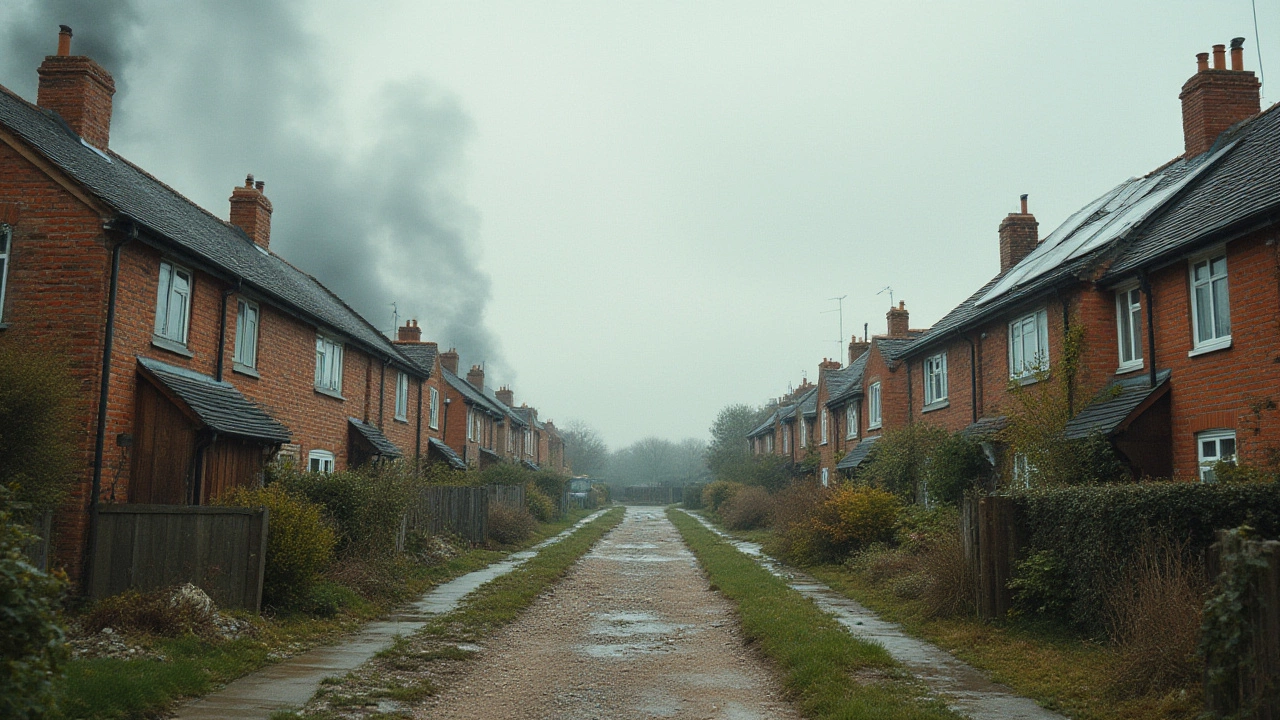
Toxic Building Materials: Spot the Risks and Keep Your Home Healthy
Ever wondered if the walls around you could be hurting you? Some common building materials release nasty chemicals that can mess with your breathing, skin, or even your brain. Knowing what to look for is the first step to a safer space.
Common Culprits You Might Find in Older Homes
Lead paint was popular until the 1970s. When it chips or is sanded, tiny particles become airborne and can be swallowed or inhaled. Kids are especially vulnerable, so test kits are cheap and worth the peace of mind.
Asbestos was used for insulation, floor tiles, and pipe wrap because it resists fire. Disturbing it releases fibers that can cause serious lung disease. If you see old pipe insulation that looks like crinkly paper, call a professional before you touch it.
Formaldehyde hides in pressed‑wood products like particleboard, MDF, and some laminates. It off‑gases for years, leading to irritated eyes and sore throats. Good ventilation and low‑VOC labels can cut the amount you breathe in.
How to Reduce Exposure in Your Everyday Life
First, check the age of your building. Anything built before the early 1980s is more likely to have lead paint or asbestos. A quick visual inspection—looking for cracked paint or old insulation—can guide you.
Second, improve airflow. Open windows when you’re painting, sanding, or using new furniture. A simple exhaust fan in the kitchen or bathroom helps pull out hidden chemicals.
Third, choose safer products when you renovate. Look for “no added urea‑formaldehyde” or “low VOC” labels on cabinets, flooring, and adhesives. There are plenty of green‑focused brands that cost about the same as regular ones.
Lastly, hire certified professionals for removal. DIY removal of asbestos or lead paint can make the problem worse and put you at risk. Certified crews have containment gear and disposal methods that keep the danger contained.
Getting rid of toxic building materials doesn’t have to be a massive project. Start with a simple test, add a little ventilation, and pick safer products next time you upgrade. Small steps add up to a healthier home for you and your family.
